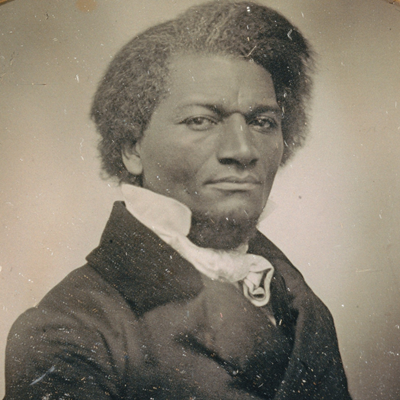
How you place your feet when presenting may seem, shall we say, beneath your notice. Yet a few simple adjustments can give you a significantly better foundation for making your point.
Here are some quick tips for setting yourself up when it’s time to stand and deliver.
1. Uncross your feet and place them both on the floor.
This seems obvious. Having both feet on the floor is a great way to give yourself a solid base. But many speakers we work with do anything but.
They prop one foot up on the base of the lectern, often making noise that's picked up by the sound system. They stand with feet crossed—and we marvel, in particular, at the women in high heels who insist on using this stance. Or, some speakers kick one foot up on its heel, shifting most of their weight onto the other leg.
However it goes, when a speaker doesn't have both feet solidly on the floor, they limit their body language because weight isn’t balanced. Some even risk toppling over.
2. Space feet about shoulder width apart.
Feet can be on the floor and still not give you the optimum speaking support. It helps tremendously to space your feet, not too close, not too far apart.
Peg your feet close together and again, you're limiting your ability to move your upper body athletically. Space feet too far apart and you may look awkward and still limit how well your torso can move.
For most people, shoulder or hip width is the best spacing. If you feel inelegant with your feet shoulder width apart (or you have a tendency to sway side to side), consider staggering one foot a bit forward or back.
3. Keep your knees loose and send energy upward.
With feet properly under you, keep some bounce in you knees so that energy can project through your upper body.
Easy athletic movements through the torso and shoulders look good on a speaker and can support the message. Balanced foot placement, as we've said, makes these movements easier to achieve
4. Avoid the shuffle, kick, swing.
While we want to see movement in the upper body, we encourage speakers to keep feet quiet. Tapping feet tend to distract, as does any sort of cha-cha-cha shuffle.
Usually, these random foot movements are a result of nervous energy not being properly channeled.
5. Think of yourself as an athlete in a ready position.
Tennis players don't stand with feet crossed when they're waiting to receive serve. A golfer carefully places the feet before a swing. A basketball player stakes out a comfortable stance before taking a free throw.
Your foot placement creates your ready position for speaking—making it possible for you to gesture or move with purpose.






